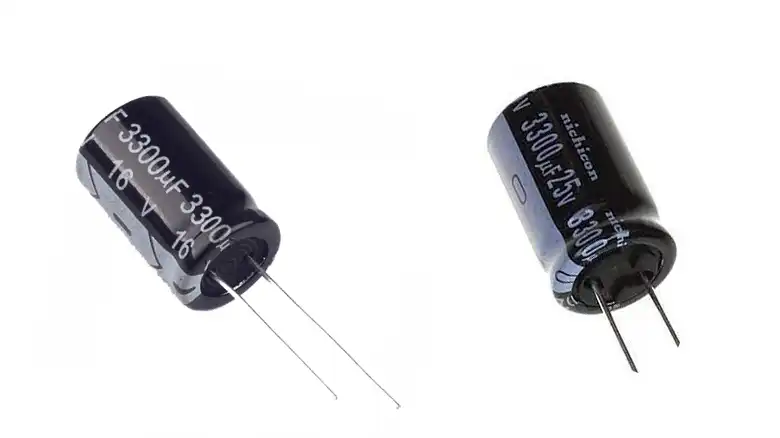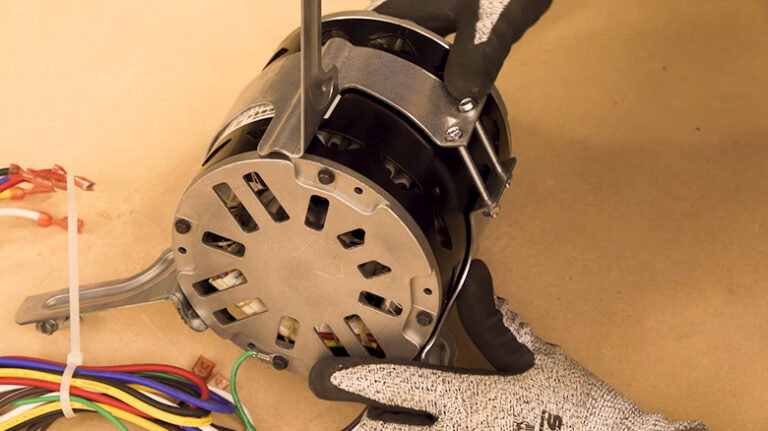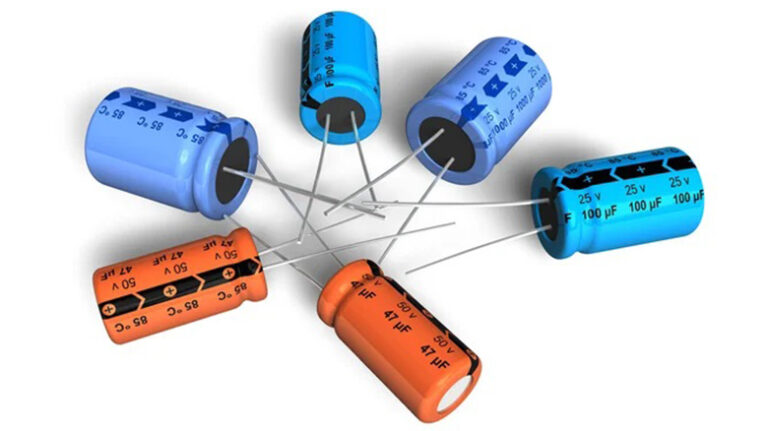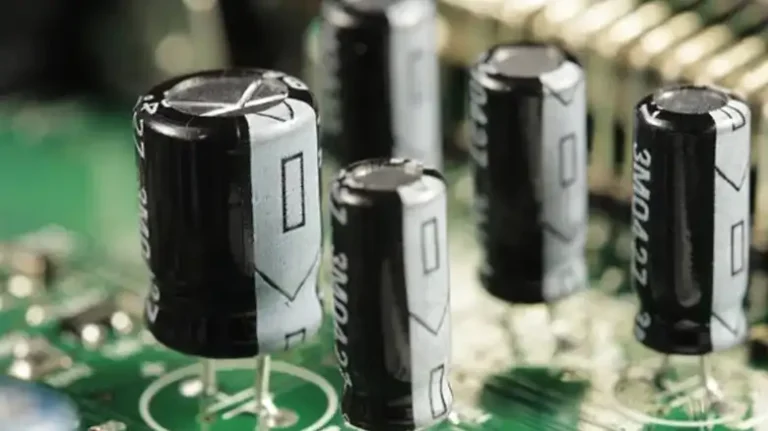Can I Replace a 16V Capacitor With an 25V Capacitor? [7 Comparison Aspects Explained]
Yes, you can typically swap a 16V capacitor out for a 25V capacitor without any problems. The maximum voltage that a capacitor may safely handle is indicated by its voltage rating.
A capacitor with a higher voltage rating will be able to resist the voltage applied to it without breaking down or being damaged. It is acceptable to swap out in this case as long as their capacitance and physical dimensions are the same.

Is It Safe to Use 25V Instead of a 16V Capacitor?
Yes, it is safe. Replacing a lower voltage with a higher voltage capacitor is permissible unless their capacitance and physical dimensions are the same. Here are some factors that are needed to be considered.
- Voltage Rating
A capacitor’s voltage rating tells you the highest voltage it can safely withstand without failing. To make sure it can manage the voltage in the circuit, it’s crucial to select a replacement capacitor with a voltage rating that is at least as high as the original capacitor’s.
In this situation, a 25V capacitor would be an appropriate replacement because it has a greater voltage rating than a 16V capacitor. The justification for the need that the voltage rating to meet or surpass that of the original capacitor includes voltage stress and safety margin.
- Voltage Stress
To sustain a specified voltage level, capacitors are built using specific dielectric materials and construction methods. When a capacitor is subjected to a voltage that exceeds its rating, it may break down or experience insulation failure, which can result in malfunctions, damage, or even safety risks.
- Safety Margin
For an extended period, operating a capacitor close to its maximum voltage rating may increase the chance of early failure because of things like voltage spikes, fluctuations, or temperature impacts.
You can lessen the chance of going over the capacitor’s limits and increase its lifespan by substituting it with a replacement capacitor that has a higher voltage rating.
- Capacitance Value
The capacity of a capacitor to store charge is determined by its capacitance. It is essential to choose a replacement capacitor for a capacitor that has the same or a similar capacitance value.
It guarantees that the timing, filtering, or energy storage needs of the circuit are not compromised. Ensure that the new capacitor has the same or a value that is reasonably near to the capacitance value printed on the original capacitor.
- Tolerance
The permitted deviation in capacitance from the reported amount is indicated by a capacitor’s tolerance value. For instance, a capacitor with a tolerance of 10% and a capacitance value of 10 F might really have a capacitance range of 9 F to 11 F.
To retain the desired circuit performance while replacing a capacitor, it is advantageous to select a replacement with a tolerance that is equivalent to or lower than the original capacitor.
- Physical Size and Mounting
Different physical dimensions and packaging are used for capacitors. When choosing a replacement capacitor, it is crucial to take into account the available space on the circuit board or in the device. For proper installation, make sure the new capacitor is the same physical size and mounting style i.e. surface mount vs. through-hole, as the original capacitor.
- Characteristics Curve
The characteristics curve of the circuit will typically not change when a capacitor with a higher voltage rating is substituted, such as a 16V capacitor with a 25V capacitor. The capacitance or other electrical properties of a capacitor are not directly impacted by its voltage rating.

Fig. 1: Characteristics curve of a capacitor
The area and separation of the capacitor plates, as well as the type of dielectric material utilized, are some of the physical characteristics of the capacitor that have the biggest bearing on its capacitance.
The general behavior of the circuit should stay constant as long as the substitute capacitor has a capacitance value that is equal to or close to that of the original capacitor. While the capacitance governs the capacitor’s electrical behavior in the circuit, the voltage rating mostly affects the safe operating parameters of the capacitor.
What Happens if I Replace a Capacitor With a Different Capacitance Value?
Depending on the requirements of the particular circuit, it might be possible to replace a capacitor in some circumstances with one having a different capacitance value. To make sure the replacement capacitor satisfies the circuit’s requirements, reference the design specifications for the circuit or a professional.
Last Words
It is acceptable to replace a 16V capacitor with a 25V capacitor when taking into account the voltage rating, capacitance value, tolerance, and physical properties. To ensure correct compatibility and secure operation in the circuit, however, seek professional help as needed.

![Can I Replace a 40 5 Capacitor With a 45 5 [ Explained]](https://www.electronicstalk.org/wp-content/uploads/2023/11/Can-I-Replace-a-40-5-Capacitor-With-a-45-5-768x431.webp)
![[Answered] What Is The Shelf Life Of Capacitors?](https://www.electronicstalk.org/wp-content/uploads/2023/12/What-Is-The-Shelf-Life-Of-Capacitors-768x431.webp)



![Will Capacitor Drain My Battery [Unraveling the Facts]](https://www.electronicstalk.org/wp-content/uploads/2023/07/Will-Capacitor-Drain-My-Battery-768x431.webp)